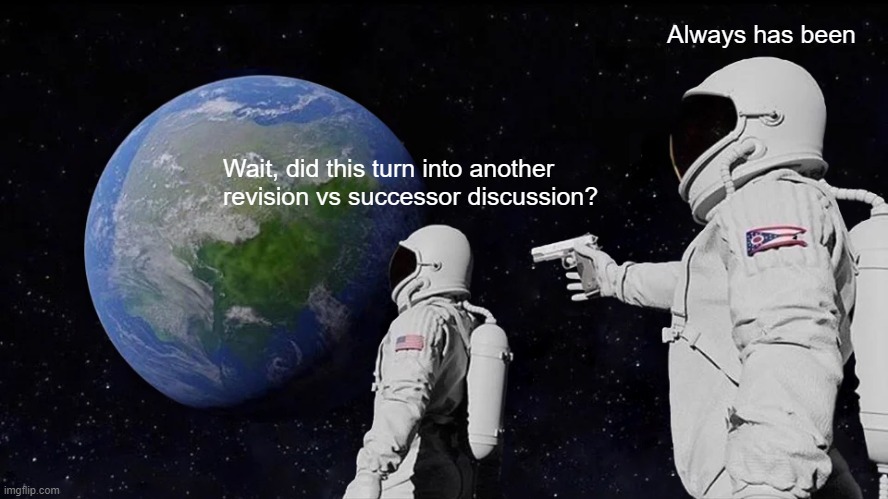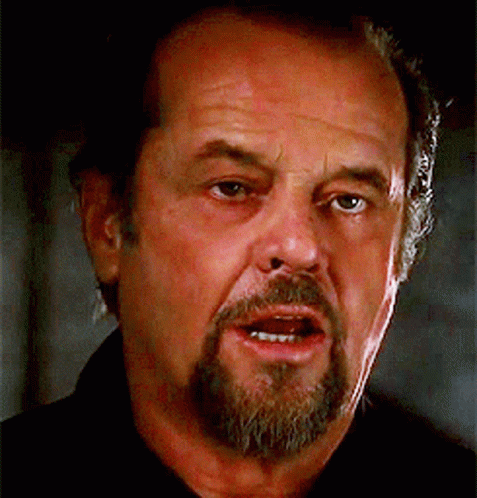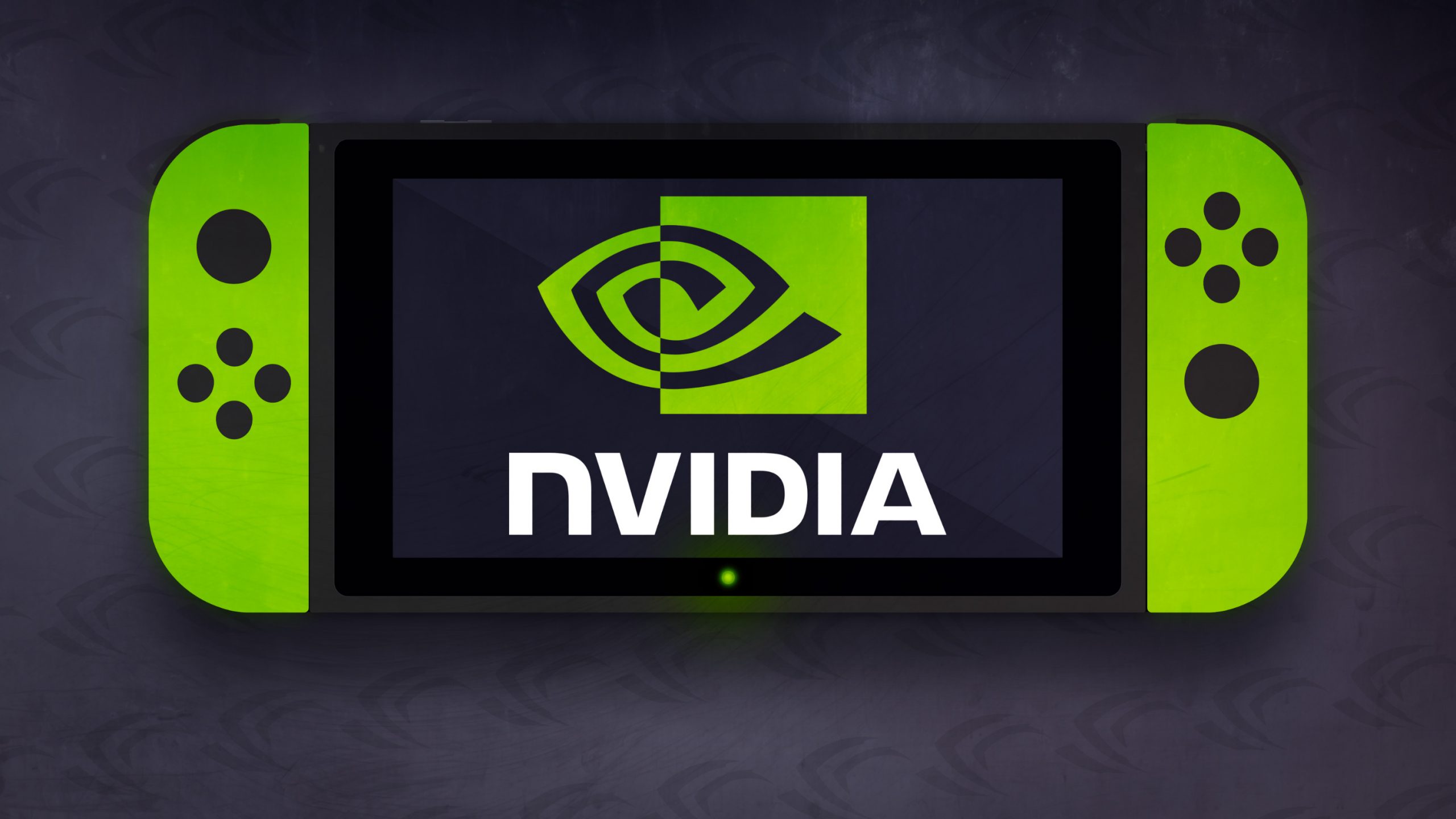I don’t get why we are spiraling again into a successor vs revision discussion or a ‘22vs’23vs’24 one.
Yes, Question #4 mentions next-gen hardware 2.5 times (2 direct and 1 indirect mention), but Furukawa’s Answer #4 can be broken down like this from the official translation:
We have already announced some software titles that will be released through next spring.
Unlike in the past, even though Nintendo Switch has gone through five years since its launch, there is still a rich lineup of new titles to be released.
Here he’s just stating facts.
The biggest reason for this is that, thanks to the smooth launch of Nintendo Switch itself, we have been able to concentrate our development resources on one platform.
He’s mentioning the benefits of consolidating their development teams, console+handheld vs hybrid and all that. We already know this.
On the other hand, looking back on past experiences of generational change such as the change from the Wii and Nintendo DS eras, we recognize that one of our tasks is ensuring the transition to future generations of hardware is as smooth as possible.
Here he realizes that in the past Nintendo has had problems moving to a new platform, specially from a successful one (Wii+DS). But he doesn’t specify if the goal of ”ensuring a smooth transition” is for 1) the benefit of the platform holder (they), 2) the benefit of devs in general (1st & 3rd party) or 3) our benefit as consumers. Maybe it’s for all 3 of them. Please note that here I’m talking about who benefits the most from the situation, not about the measures they will take to accomplish said transition.
To that end, we are focusing on building long-term relationships with our consumers (through Nintendo Accounts).
Wait, does this mean that in the previous point he was talking about option #3? Not necessarily. A long-term relantionship with consumers can be beneficial to all involved. For example, they could be looking to do a smooth transition for 3rd party devs selling their games by ensuring that people move to new hardware with their accounts and keep inside the ecosystem. We already knew about this strategy from a
previous financial report infographic.
While continuing to release new Nintendo Switch software for consumers to enjoy, we aim to maintain relationships across hardware generations through services that utilize Nintendo Accounts and by providing opportunities for them to experience our IP through other non-gaming channels.
Mix of new and old. We knew about non-gaming channels: the theme park, movies, merchandise, etc.
New info (as far as I remember): when a new devices eventually releases, regardless of whether it is a revision or a successor, the current Nintendo Switch will keep getting new games, and the new device will have BC with the current Switch at least from the digital library. The answer does not discard physical BC.
And it works both ways. If Drake is a Pro then it’s obvious that it will play current games. And if it’s a Switch 2, then maybe we are getting an extended cross-gen period like with PS5 and Xbox Series.
So we are exactly where we started. A non-commiting PR answer.





